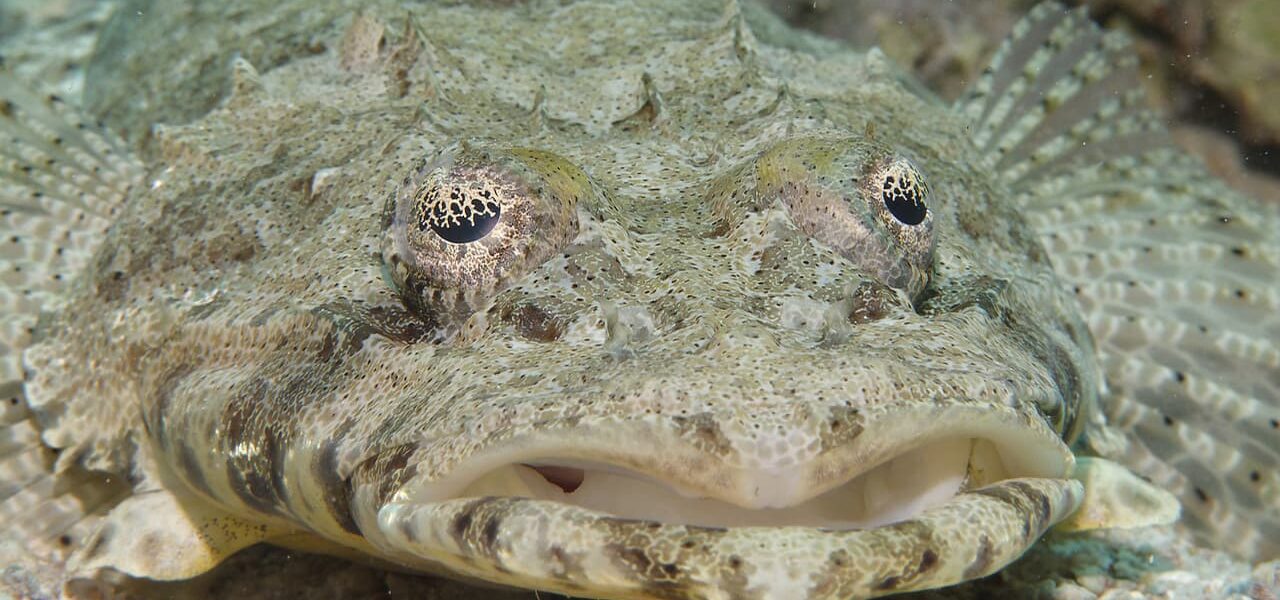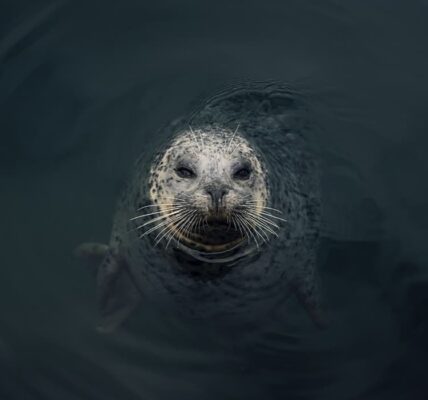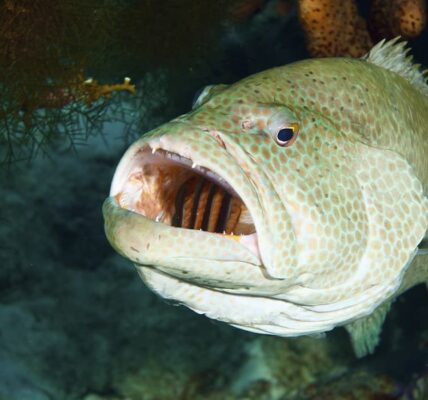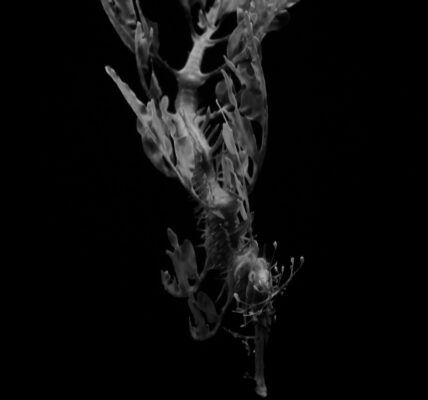Flatheaded fish have a broad, flattened head and an elongated, thinning cylindrical body toward the tail. The head is equipped with bony ridges, teeth, and spines. The body is covered with ctenoid scales on top and cycloid scales on the underside. The dorsal fins are two; the first has a separate spike in front of it. Some species have powerful fangs on the jaws in addition to small teeth.
Flathead are widespread in tropical and temperate seas off the coast of Southeast Asia and Australia, the Indian Ocean, is also in West Africa. They are sedentary bottom fish of coastal and moderately deep waters, they stay on the bottom, relying on the pectoral and pelvic fins. Flatheads – predatory fish, feeding on fish and crustaceans.
Count up to 15-20 genera with 55-60 species of flatheads. There are especially many species off the coast of Australia (33 species), off the Philippine Islands (17 species) and in Japanese waters (10 species).
The Indian flathead (Platycephalus indicus) is particularly common. It is found in coastal waters from Japan to New Guinea and Australia, off the coast of South Asia to the Red Sea and the eastern shores of Africa. It stays on sandy and muddy soils. In Japan, spawning in May. Caviar is pelagic, 1.1-1.25 mm in diameter, with a red oil drop. The fish coloration is dark brown from above and white from below. On the caudal fin, there is a longitudinal black stripe in the middle, up to 50 cm long, and the same oblique stripes above and below it. The maximum size of the flathead is 120 cm and its weight is 15 kg.
In some areas they are numerous and are valuable targets of fisheries, so, for example, in Japan, live fish are supplied to markets in Tokyo. Its meat is especially tasty in spring and summer – during the spawning period, eaten raw, boiled in sauce or fried.
The brown flatfish (Platycephalus fuscus) is one of the important fish in the Australian trawl fishery. The brown and yellow tiger carp (Neoplatycephalus richardsoni), which has strong, sharp teeth, is also a massively valuable commercial species in Australia. It is fished off the coast of South Australia and Tasmania. Also common in South Australia is the spotted flathead (Platycephalus laevigatus), which reaches a length of 50 cm.
Platycephalus laevigatus can be found off the coast from river estuaries to depths of several hundred meters.
Inexperienced divers notice the crocodile fish lying on the bottom is not easy. These sea creatures are very well camouflaged, usually they almost merge with the sandy bottom and if the crocodile fish lies motionless, to see her, to pay attention to her difficult.



